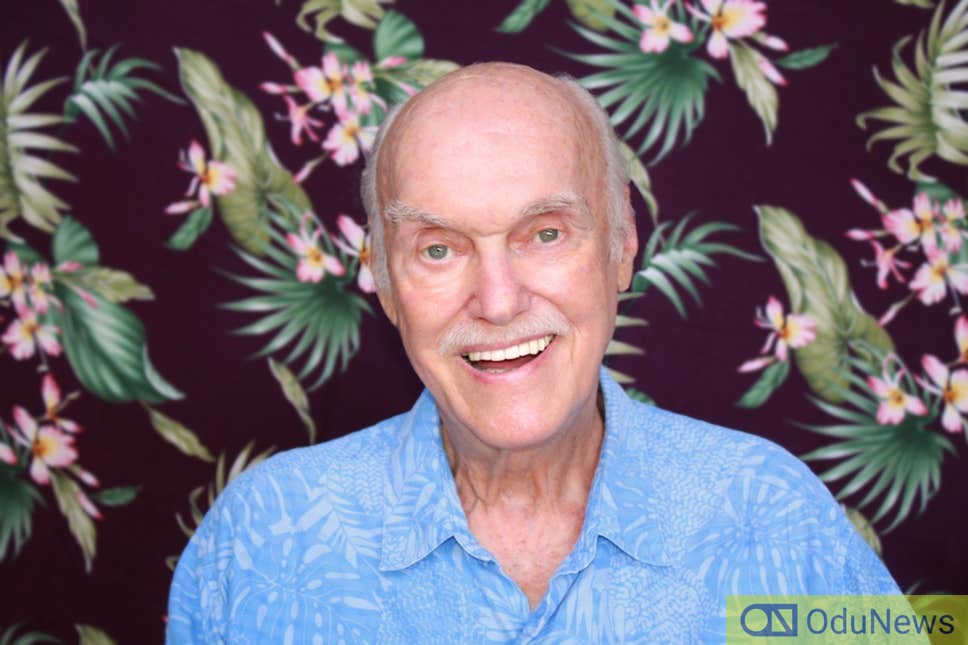“Be Here Now,” Ram Dass’s signature book, described his improbable evolution. Born Richard Alpert, the son of a railroad president and pillar of Boston’s Jewish elite, he grew up as a self-described “closet homosexual” in a “Jewish anxiety-ridden, high-achieving tradition.”
He gravitated to a lifestyle of heavy drug use in the 1960s while working as an associate professor of clinical psychology at Harvard University but found inner peace and spiritual enlightenment through meditation and yoga. An Indian guru gave him a new name, Ram Dass, which means “servant of God” in Hindi.
The book came out in 1971, just after the peak years of the socio-cultural revolution that dominated the 1960s, and sold 2 million copies. Decades later, New York Times book critic Dwight Garner called it the “counterculture bible.”
A seemingly inexhaustible speaker, Ram Dass led marathon-length workshops and retreats that drew thousands of followers. He stood 6-foot-3 and was sinewy from years of disciplined eating and weight training, and wore robes that eventually gave way to cardigan sweaters and trousers.
His talks were filled with self-deprecating quips — “I’m not a guru. I’m only a student, and I give a good rap.” — and he noted his own personal story while delivering a message that centered on self-reflection and finding meaning in a superficial, chaotic world.
In the Chicago Tribune, journalist Paul Galloway once described his teachings as an “Americanized Eastern philosophy” that was “nonthreatening, nondogmatic, positive and cheerful, a kind of I’m-OK-You’re-OK approach with a Zen spin, an assortment of comforting, if vague, prescriptions.”


